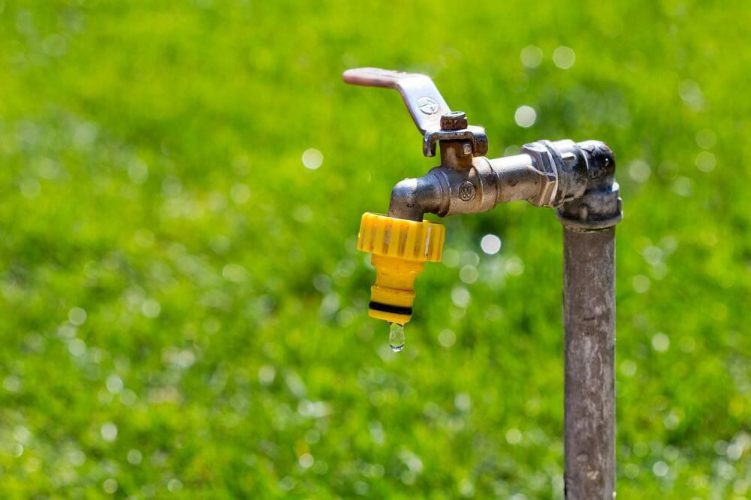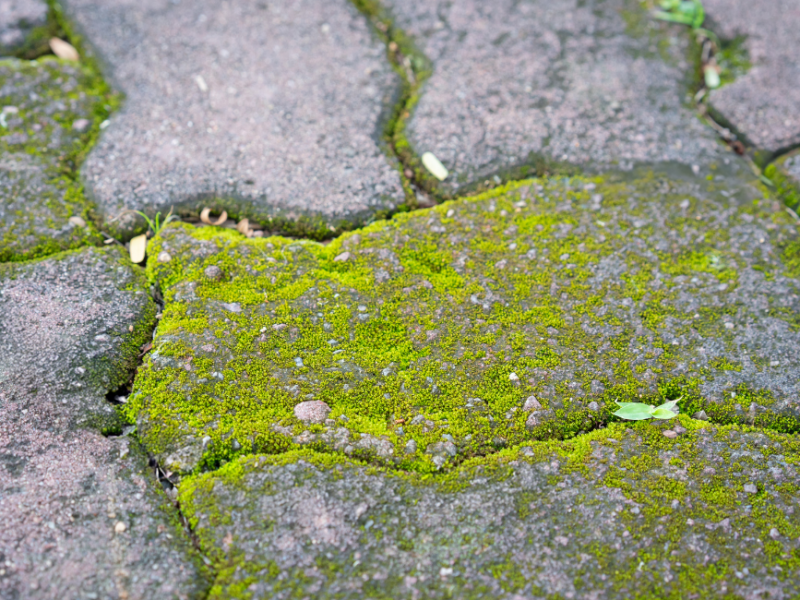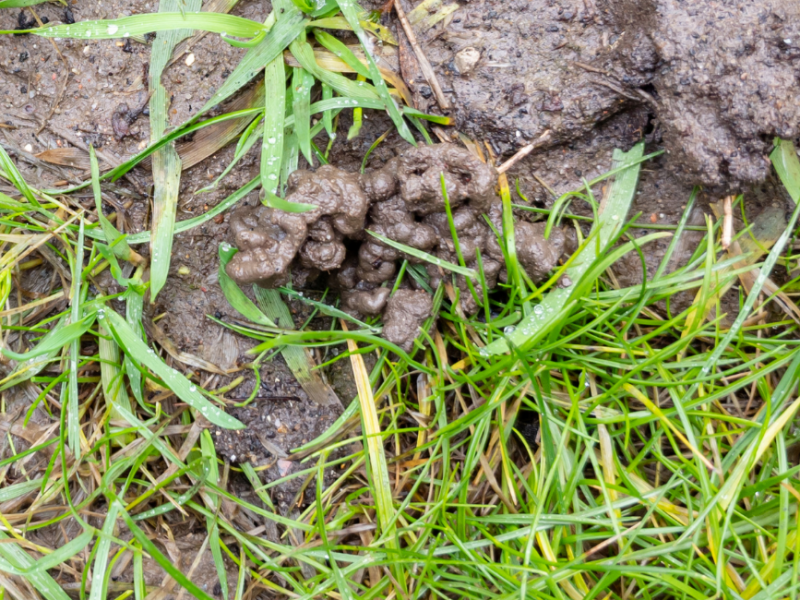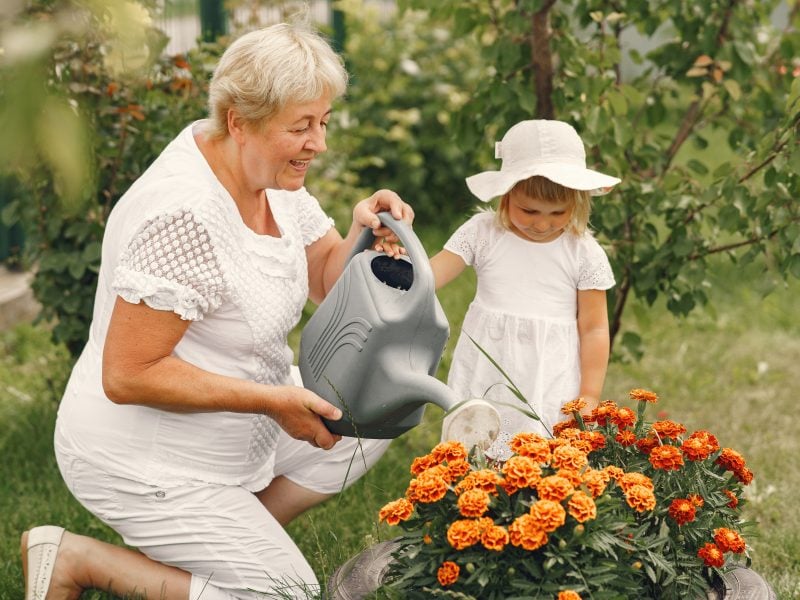Looking to save the planet or cut down on your water bill? Here’s how to conserve water without sacrificing the beauty of your garden.
Whether you’re simply updating your existing garden, have moved to a new house or are completely re-landscaping, knowing how to save water in your garden can make a huge difference to your overheads and your plants themselves.
1. Collect Rainwater
The idea of capturing rainwater isn’t a new one but is something that not enough people make the most of. A relatively simple job, all gardeners need to do is install a water butt or rain barrel, or for those looking for a core complex solution, using gutters, storage tanks, pumps and a delivery system will help to save time and energy, too. It’s simple to save natural water, without eating into your bills.
Not simply reserved just for conserving water, collecting rainwater also allows gardeners to store a reserve of high-quality water for use in their outdoor space. This is because rainwater is more suitable for plants than tap water, which is full of mineral elements, such as chlorine, fluoride and sodium, which can be toxic to plant tissue.
2. Create a Schedule
No matter the time of year, keeping to a strict schedule can make a huge difference to how much water you use. Watering in the early hours will allow the water to be available to the plants during the day and will also allow it to run into the soil and roots without losing too much to evaporation. Similarly, ensuring that plants are watered enough is crucial, as light watering will make little difference and can leave plants more susceptible to drought in the long run, however too much water can also do more damage than good. Invest in timed sprinklers, seep hoses or automated irrigation systems to improve watering efficiency and lower your water usage.
3. Use Drought-tolerant Plants
A simple step to conserve water usage in your garden is to select drought-tolerant plants. Many of these plants are primarily found in low water environments, such as the desert, making them perfect for those looking to minimise their water usage at home.
Select plants that thrive in your particular landscape, such as the many that are naturally adapted to growing in dry conditions. With features to minimise water loss and maximise water retention and uptake, along with roots that pull in moisture from below the surface, carefully selecting plants that require little watering can help to ensure your plants thrive for years to come.
4. Size Matters
While every good gardener will know that not all plants will need the same amount of water every day, the plants that you choose to place in your garden will make a huge difference to your water consumption.
It’s simple, the bigger the plant, the more water needed to keep it alive. While supersized shrubs and huge trees can make a garden feel secluded and private, they won’t do much for your bank balance, or water usage. Before you decide on your plants, do some research. How big do they tend to grow? How wide will they be? How long do they live for? By selecting plants that you know won’t grow too large, you’ll be able to better plan out your garden, while ensuring it doesn’t outgrow the space.
Similarly, grouping together plants that have comparable sun and water needs can also help to save water and improve the life of your plants while helping to remove the possibility of overwatering.
5. Mulch is Key
A layer of mulch is a must for those looking to reduce the amount of water they use when gardening. Made from natural materials such as straw, twigs, leaves or paper, mulch helps to retain the moisture in plant beds by preventing evaporation from the surface of the soil.
Not only that, but mulch also helps to keep the ground cool, regulate the temperature of the soil suppress thirsty weeds and, when decomposed, helps to add vital nutrients back into the soil, promoting better plant growth.
Want more help taking care of your lawn? Get in touch with Greensleeves! We have lawn care experts throughout the UK.





